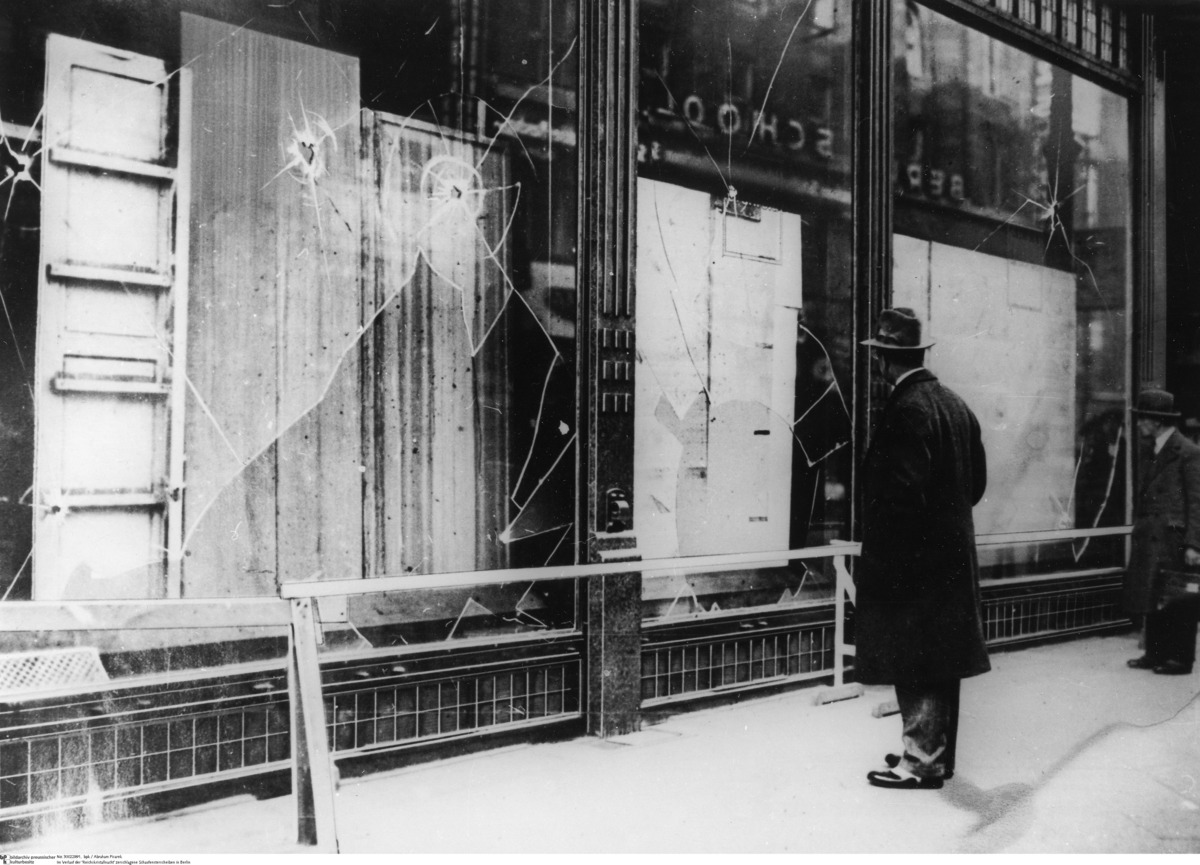Abstract
At the beginning of November 1938, there were still 9,000 Jewish
shops remaining in the German Reich; more than 7,000 of them were
destroyed on November 9 and 10. The sight of countless piles of glass
shards supposedly led Berliners to name the November pogrom
Kristallnacht. Germany's Jewish
population experienced not only enormous material losses, but also
physical violence and humiliation. According to official Nazi
statistics, 91 people were killed and 300 committed suicide. The actual
number of victims was probably much higher. By November 16, some 30,000
Jewish men had been arrested and sent to the Dachau, Buchenwald, and
Sachsenhausen concentration camps, where they were subjected to crude
abuse. After the arrival of Jewish prisoners, the number of camp deaths
rose dramatically. Whereas ten inmates had died in the Dachau camp in
October 1938, 115 died in November and 173 in December of that same
year.
